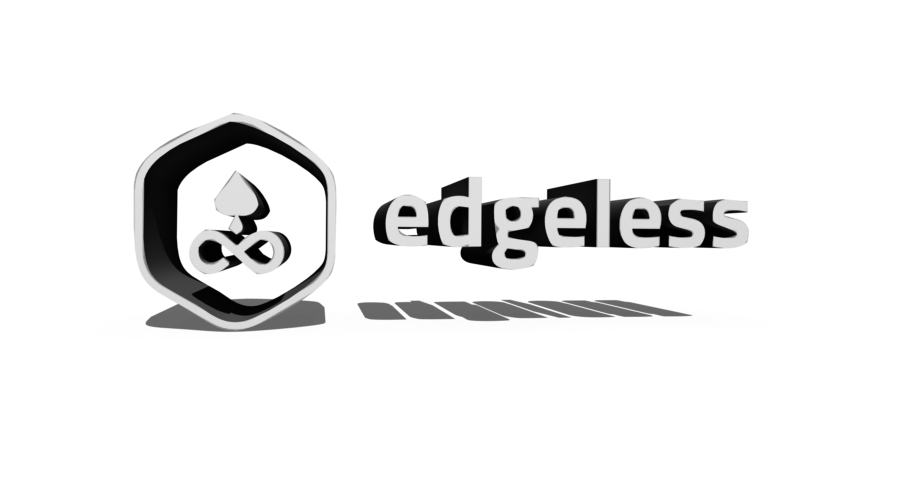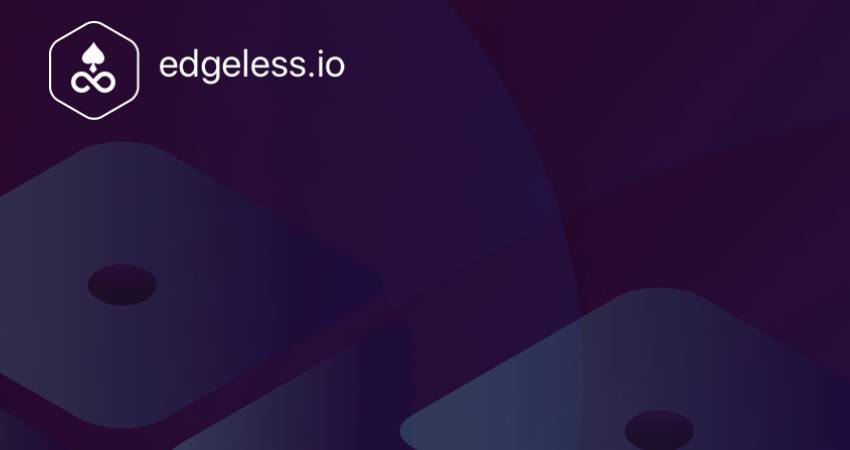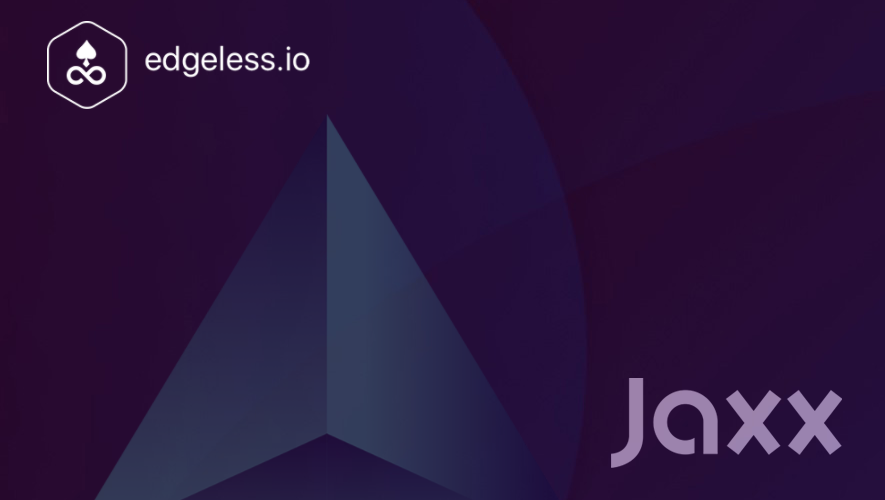Edgeless, the Ethereum blockchain powered casino application has announced a new staking feature for its platform token EDG. Bankroll staking is a new feature available to EDG token holders, who can participate in Edgeless bankroll funding by staking their EDG tokens. The Edgeless team said, “the bankroll staking model is created to factor in recent legal developments in the crypto sector. Similar staking mechanisms are used by other crypto projects.”
Why is it needed?
The total sum of Edgeless is a limited amount of 132,046,997 tokens. It is not possible to create new tokens or delete existing ones — unless someone loses a private key, in which case tokens would be permanently locked.
In the near future, Edgeless players’ base and betting limits will increase, calling for a larger total bankroll to sustain the growth of the entire system.
To make sure the bankroll is always sufficient, Edgeless needs a mechanism which enables the community to stake their tokens. Thanks to Ethereum Smart Contracts, this mechanism is extremely efficient.
How it works
Important: Keep in mind that this is just an example of how EDG staking can work. Conditions such as minimum EDG required, duration of bankroll holds for staked tokens and other staking terms will be coming soon from the Edgeless team.
The system is still in an early testing phase. To define all conditions, Edgeless needs further testing and more data, collected from an already running platform.
Example of a possible system architecture
For a sample case, it is known that Edgeless will need a bankroll of 100 million EDG tokens to sustain 100,000 players on the platform. Bankroll funding proportions are set to 60% provided by Edgeless the company and 40% funded by the community. That means 40 million EDG is staked by EDG token holders, with the remaining 60 million provided by Edgeless as a company.
Staking is technically sending EDG tokens to a bankroll smart contract.
After one week the Smart Contract system automatically checks whether a bankroll has a positive surplus or negative.
Now, in this sample case, after one week the bankroll has a surplus of 1 million EDG tokens. Then the smart contract would automatically take the surplus and distribute it to the wallets which participated in bankroll staking. By users lending their EDG tokens, they are helping to sustain the entire system, while also being rewarded.




















